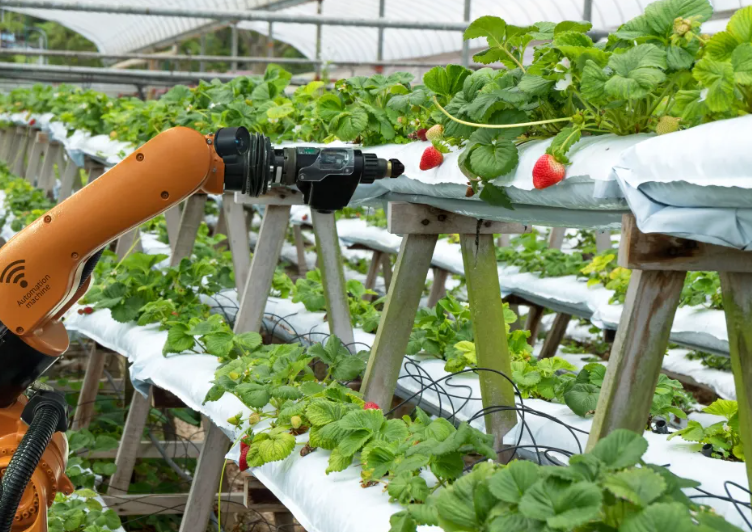Native plants are an essential component of any sustainable garden. These plants are naturally adapted to local climates and soil types, meaning they require less water, fewer chemicals, and minimal maintenance compared to non-native species. By choosing native plants, you can create a garden that supports local wildlife, conserves resources, and is better equipped to withstand the challenges posed by climate change.
Why Native Plants Matter
Water Conservation: Native plants are adapted to the local climate, meaning they require less water once established. They are drought-tolerant and don’t need constant irrigation, making them a sustainable choice for conserving water.
Low Maintenance: Native plants are well-suited to their environment, so they often need fewer pesticides, fertilizers, and pruning. This reduces the overall environmental impact of your garden.
Biodiversity and Wildlife: Native plants provide food and shelter for local wildlife, such as birds, bees, butterflies, and other pollinators. These plants help support the local ecosystem, promote biodiversity, and offer important habitats for native creatures.
How to Incorporate Native Plants into Your Garden
Research Local Species: Learn which plants are native to your region by consulting with local gardening centers, botanical gardens, or native plant societies. Some popular native plants include wildflowers, shrubs, and trees that are both beautiful and functional.
Design for Wildlife: Consider planting a mix of flowering, fruit-bearing, and evergreen plants to attract a variety of pollinators and animals. Grouping plants with similar needs together will also make maintenance easier and more efficient.

Avoid Invasive Species: Invasive plants can outcompete native species, reducing biodiversity and harming local ecosystems. Be sure to choose only non-invasive native plants for your garden.






